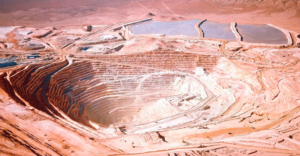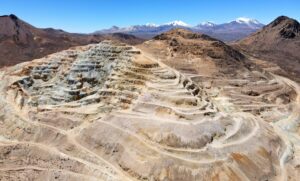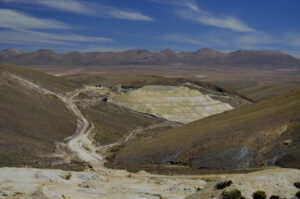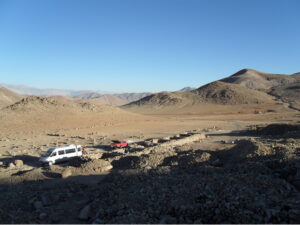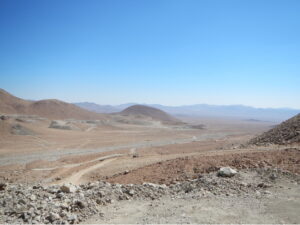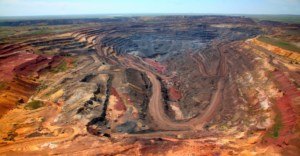
- Senegal | 2 June 2019
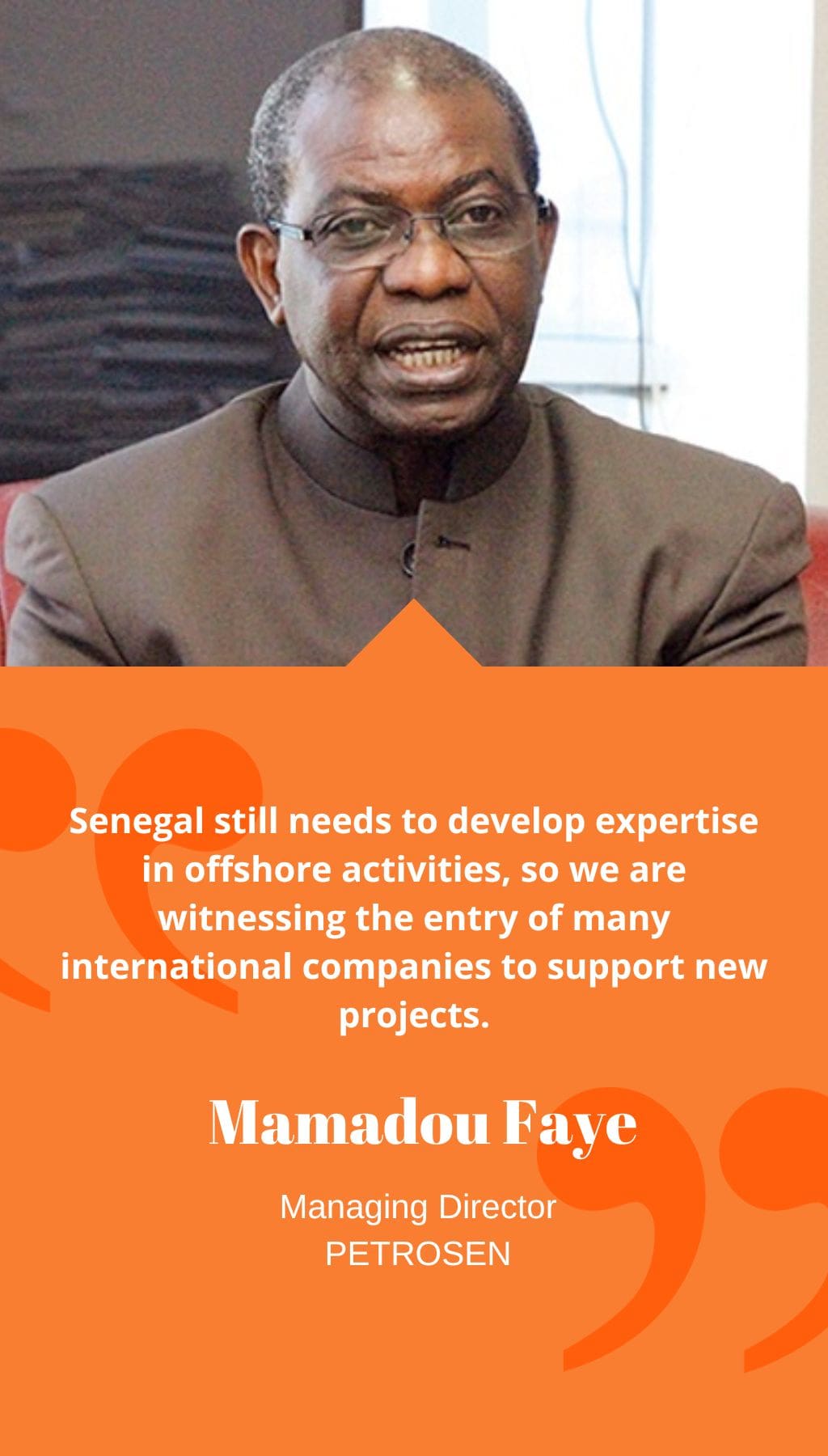
In what capacity does Petrosen operate within Senegal’s Ministry of Energy?
Petrosen, which stands for Société des Pétroles du Sénégal, was established in 1981 in response to the energy crisis that had a significant impact on Senegal’s economy due to the oil price increases in the 1970s. With the support of the World Bank, the Senegalese Government created Petrosen as the national oil company to attract investments in oil and gas exploration. The company was formed after French companies, which had drilled most of the existing wells in the early 1960s, left, and the U.S. companies that continued the exploration focused primarily on seismic acquisition without further drilling. Petrosen was created to help attract investment and foster research in the oil and gas sector.
In 1986, the first revision of the Petroleum Code was carried out in collaboration with Petrosen, followed by a second revision in 1998. During this period, Petrosen assembled a skilled team to lead various research activities, which resulted in a small discovery in 1987 and, later on, the well-known discoveries made from 2014 to 2016. Another positive development is the upcoming gas project led by BP and Kosmos Energy, for which the Senegalese government signed an agreement with Mauritania. This project is expected to tap into an estimated gas reserve of over 25 trillion cubic feet, with first gas expected in 2021.
Senegal’s oil and gas potential has been relatively under-exploited, but there is an uptick in activity. How is the government adapting its policies to attract investment and manage returns from the sector?
Many changes have occurred as Senegal prepares for oil and gas production. Initially, when the research began and before the oil potential was confirmed, the petroleum code was designed to be very attractive to investors, with light taxation and a favorable investment framework. However, after the discoveries were made and a better assessment of the potential was obtained, the government decided to update the petroleum code. The revised code includes higher taxes.
On one hand, the government aims to maximize returns from production, but on the other hand, it also seeks to reduce other taxes to provide incentives for companies. The current system involves profit-sharing, society taxes, and production benefits. The petroleum sector is politically sensitive, and public perception can often be negative. However, oil companies have made significant investments and generated substantial returns. The evaluation of the discoveries alone required over $1 billion in investment, and if development proceeds, the total investment is estimated to reach around $4.5 billion.
In terms of the international market, Senegal focuses on managing investments to ensure cost-effectiveness. The tendering process for goods and services launched earlier this year has yielded interesting results. Several development projects with projected production in 2022 are currently in progress.
How will the increased oil and gas activity impact Senegal’s mining industry?
The development of mining projects is closely tied to production costs and energy requirements. Therefore, having access to low-cost energy will greatly benefit mines and accelerate their development. In addition to traditional mines, cement plants also demand high-quality energy, and the government is exploring solutions involving gas to meet these energy needs.
Senegal’s oil and gas industry has been focused onshore in the past. How capable are local service providers in supporting the sector as it expands, particularly in offshore activities?
Senegal still needs to develop expertise in offshore activities, so we are witnessing the entry of many international companies to support new projects. Major companies have the technical and financial capacity to invest in deep offshore exploration. The discovered deposits are located in waters deeper than one kilometer, which poses challenges for smaller local companies that lack the necessary financial and technical capabilities. There is still some hesitation among companies to engage in onshore activities due to perceived environmental and security concerns. However, with government support, these companies can receive the necessary assistance to launch their projects successfully.
What are Petrosen’s objectives and strategies for developing Senegal’s petroleum industry?
Petrosen has been primarily engaged in exploration and promotion, working with limited funding without immediate cash flow. It is crucial for the company to secure funding for development projects. Once these projects are launched, Petrosen aims to maintain and strengthen its upstream activities while also expanding into midstream and downstream sectors. The company plans to enhance the skills of its team to carry out essential technical work in-house.
Additionally, Petrosen is focused on sales and export. They intend to establish a department responsible for credit and export and are seeking government support for the construction of a second refinery. Currently, Petrosen holds a 46% ownership stake in the existing refinery, and with the second refinery, they plan to process various qualities of crude oil, with refined products being sold in the sub-region. In the long term, coordination with producers from other African countries may be considered to transport their oil to Senegal’s refinery for treatment and subsequent worldwide export.








